Chrysler 2015 Annual Report Download - page 153
Download and view the complete annual report
Please find page 153 of the 2015 Chrysler annual report below. You can navigate through the pages in the report by either clicking on the pages listed below, or by using the keyword search tool below to find specific information within the annual report.-
 1
1 -
 2
2 -
 3
3 -
 4
4 -
 5
5 -
 6
6 -
 7
7 -
 8
8 -
 9
9 -
 10
10 -
 11
11 -
 12
12 -
 13
13 -
 14
14 -
 15
15 -
 16
16 -
 17
17 -
 18
18 -
 19
19 -
 20
20 -
 21
21 -
 22
22 -
 23
23 -
 24
24 -
 25
25 -
 26
26 -
 27
27 -
 28
28 -
 29
29 -
 30
30 -
 31
31 -
 32
32 -
 33
33 -
 34
34 -
 35
35 -
 36
36 -
 37
37 -
 38
38 -
 39
39 -
 40
40 -
 41
41 -
 42
42 -
 43
43 -
 44
44 -
 45
45 -
 46
46 -
 47
47 -
 48
48 -
 49
49 -
 50
50 -
 51
51 -
 52
52 -
 53
53 -
 54
54 -
 55
55 -
 56
56 -
 57
57 -
 58
58 -
 59
59 -
 60
60 -
 61
61 -
 62
62 -
 63
63 -
 64
64 -
 65
65 -
 66
66 -
 67
67 -
 68
68 -
 69
69 -
 70
70 -
 71
71 -
 72
72 -
 73
73 -
 74
74 -
 75
75 -
 76
76 -
 77
77 -
 78
78 -
 79
79 -
 80
80 -
 81
81 -
 82
82 -
 83
83 -
 84
84 -
 85
85 -
 86
86 -
 87
87 -
 88
88 -
 89
89 -
 90
90 -
 91
91 -
 92
92 -
 93
93 -
 94
94 -
 95
95 -
 96
96 -
 97
97 -
 98
98 -
 99
99 -
 100
100 -
 101
101 -
 102
102 -
 103
103 -
 104
104 -
 105
105 -
 106
106 -
 107
107 -
 108
108 -
 109
109 -
 110
110 -
 111
111 -
 112
112 -
 113
113 -
 114
114 -
 115
115 -
 116
116 -
 117
117 -
 118
118 -
 119
119 -
 120
120 -
 121
121 -
 122
122 -
 123
123 -
 124
124 -
 125
125 -
 126
126 -
 127
127 -
 128
128 -
 129
129 -
 130
130 -
 131
131 -
 132
132 -
 133
133 -
 134
134 -
 135
135 -
 136
136 -
 137
137 -
 138
138 -
 139
139 -
 140
140 -
 141
141 -
 142
142 -
 143
143 -
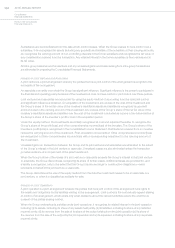 144
144 -
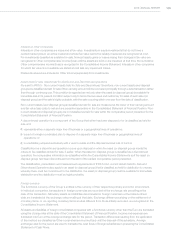 145
145 -
 146
146 -
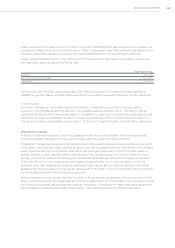 147
147 -
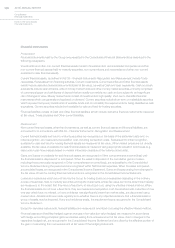 148
148 -
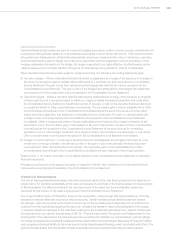 149
149 -
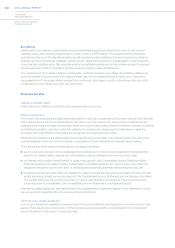 150
150 -
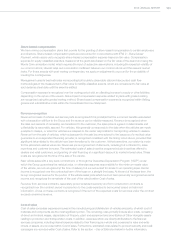 151
151 -
 152
152 -
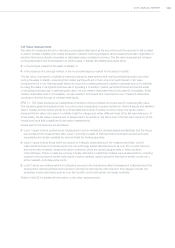 153
153 -
 154
154 -
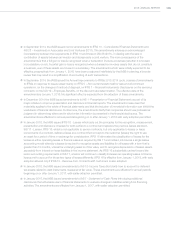 155
155 -
 156
156 -
 157
157 -
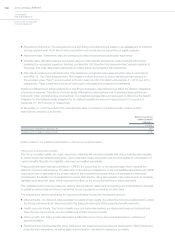 158
158 -
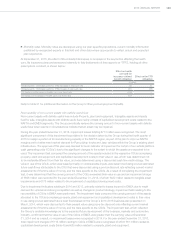 159
159 -
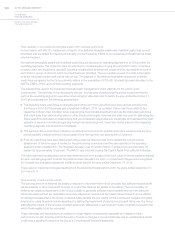 160
160 -
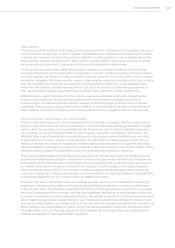 161
161 -
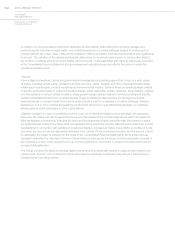 162
162 -
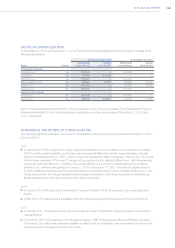 163
163 -
 164
164 -
 165
165 -
 166
166 -
 167
167 -
 168
168 -
 169
169 -
 170
170 -
 171
171 -
 172
172 -
 173
173 -
 174
174 -
 175
175 -
 176
176 -
 177
177 -
 178
178 -
 179
179 -
 180
180 -
 181
181 -
 182
182 -
 183
183 -
 184
184 -
 185
185 -
 186
186 -
 187
187 -
 188
188 -
 189
189 -
 190
190 -
 191
191 -
 192
192 -
 193
193 -
 194
194 -
 195
195 -
 196
196 -
 197
197 -
 198
198 -
 199
199 -
 200
200 -
 201
201 -
 202
202 -
 203
203 -
 204
204 -
 205
205 -
 206
206 -
 207
207 -
 208
208 -
 209
209 -
 210
210 -
 211
211 -
 212
212 -
 213
213 -
 214
214 -
 215
215 -
 216
216 -
 217
217 -
 218
218 -
 219
219 -
 220
220 -
 221
221 -
 222
222 -
 223
223 -
 224
224 -
 225
225 -
 226
226 -
 227
227 -
 228
228 -
 229
229 -
 230
230 -
 231
231 -
 232
232 -
 233
233 -
 234
234 -
 235
235 -
 236
236 -
 237
237 -
 238
238 -
 239
239 -
 240
240 -
 241
241 -
 242
242 -
 243
243 -
 244
244 -
 245
245 -
 246
246 -
 247
247 -
 248
248 -
 249
249 -
 250
250 -
 251
251 -
 252
252 -
 253
253 -
 254
254 -
 255
255 -
 256
256 -
 257
257 -
 258
258 -
 259
259 -
 260
260 -
 261
261 -
 262
262 -
 263
263 -
 264
264 -
 265
265 -
 266
266 -
 267
267 -
 268
268 -
 269
269 -
 270
270 -
 271
271 -
 272
272 -
 273
273 -
 274
274 -
 275
275 -
 276
276 -
 277
277 -
 278
278 -
 279
279 -
 280
280 -
 281
281 -
 282
282 -
 283
283 -
 284
284 -
 285
285 -
 286
286 -
 287
287 -
 288
288
 |
 |

2015 | ANNUAL REPORT 153
Fair Value measurement
Fair value for measurement and or disclosure purposes is determined as the price that would be received to sell an asset
or paid to transfer a liability in an orderly transaction between market participants at the measurement date, regardless of
whether that price is directly observable or estimated using a valuation technique. The fair value measurement is based
on the presumption that the transaction to sell the asset or transfer the liability takes place either:
in the principal market for the asset or liability; or
in the absence of a principal market, in the most advantageous market for the asset or liability.
The fair value of an asset or a liability is measured using the assumptions that market participants would use when
pricing the asset or liability, assuming that market participants act in their economic best interest. A fair value
measurement of a non-financial asset takes into account a market participant’s ability to generate economic benefits
by using the asset in its highest and best use or by selling it to another market participant that would use the asset
in its highest and best use. In estimating fair value, we use market-observable data to the extent it is available. When
market-observable data is not available, we use valuation techniques that maximize the use of relevant observable
inputs and minimize the use of unobservable inputs.
IFRS 13 - Fair Value Measurement establishes a hierarchy, which prioritizes the inputs used in measuring fair value.
The hierarchy gives the highest priority to quoted prices (unadjusted) in active markets for identical assets and liabilities
(level 1 inputs) and the lowest priority to unobservable inputs (level 3 inputs). In some cases, the inputs used to
measure the fair value of an asset or a liability might be categorized within different levels of the fair value hierarchy. In
those cases, the fair value measurement is categorized in its entirety in the same level of the fair value hierarchy at the
lowest level input that is significant to the entire measurement.
Levels used in the hierarchy are as follows:
Level 1 inputs include quoted prices (unadjusted) in active markets for identical assets and liabilities that the Group
can access at the measurement date. Level 1 primarily consists of financial instruments such as cash and cash
equivalents and certain available-for-sale and held-for-trading securities.
Level 2 inputs include those which are directly or indirectly observable as of the measurement date. Level 2
instruments include commercial paper and non-exchange-traded derivatives such as over-the-counter currency
and commodity forwards, swaps and option contracts, which are valued using models or other valuation
methodologies. These models are primarily industry-standard models that consider various assumptions, including
quoted forward prices for similar instruments in active markets, quoted prices for identical or similar inputs not in
active markets, and observable inputs.
Level 3 inputs are unobservable from objective sources in the market and reflect management judgment about the
assumptions market participants would use in pricing the instruments. Instruments in this category include non-
exchange-traded derivatives such as over-the-counter commodity option and swap contracts.
Refer to Note 25 for additional information on fair value measurements.
